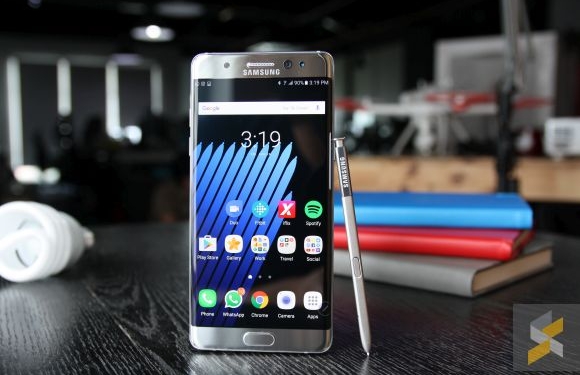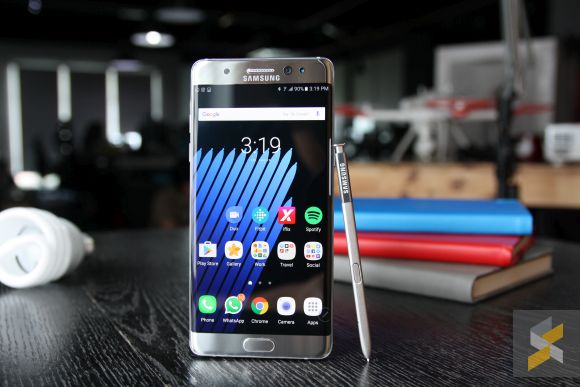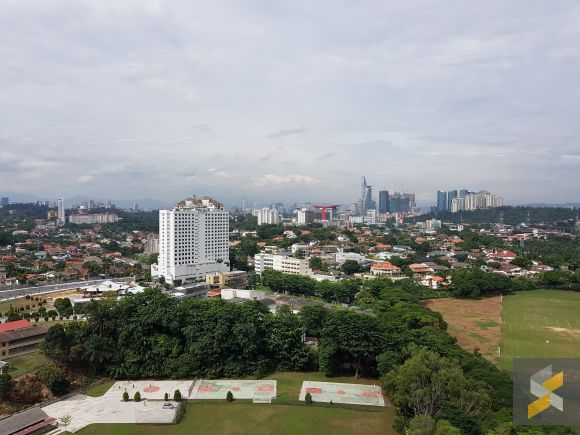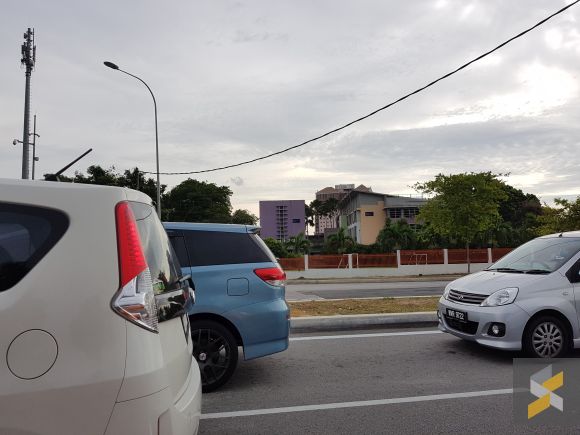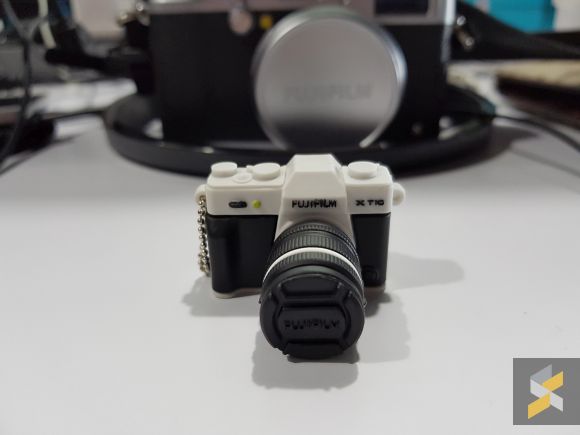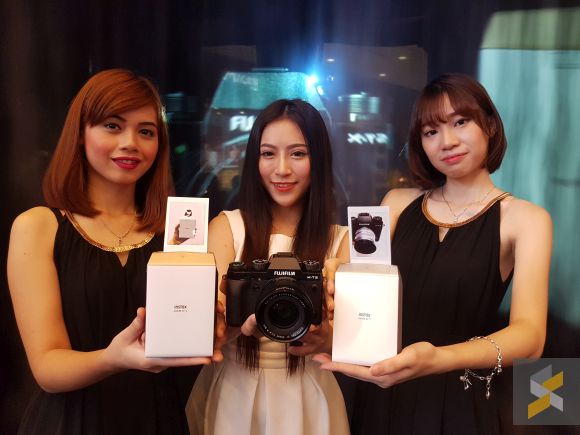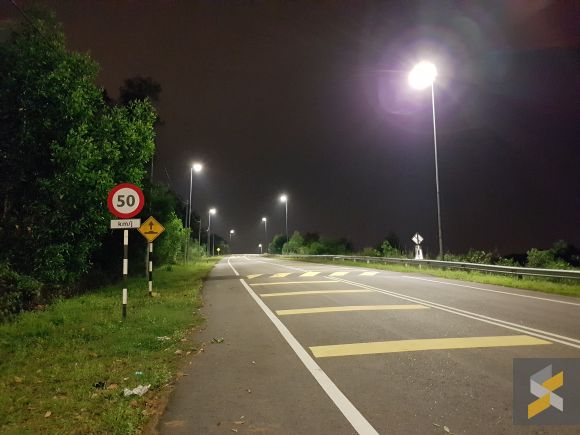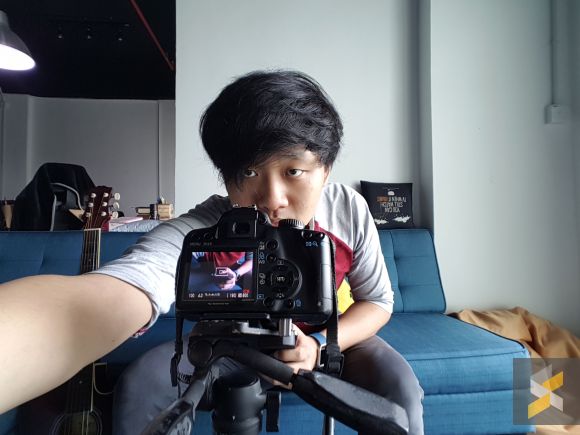Samsung Malaysia’s brand new Galaxy Note7 is an interesting flagship to look at. Many turned their nose up at it and were unhappy because they felt that Samsung didn’t “do more” with it.
I guess it’s not hard to see why when you look at the specifications. On paper, it’s got the same processor and RAM as the smaller Galaxy S7 edge. It didn’t pack 6GB of RAM, like many predicted, nor did it come with a more amazing camera or higher resolution screen.
It also looks rather similar with a similar build using similar materials fashioned in a similar way.
However, not going overboard with the new is exactly why I think Samsung did the right thing with their Galaxy Note7. It’s also exactly why I think it’s the best smartphone money can buy right now.
[nextpage title=”The right move”]
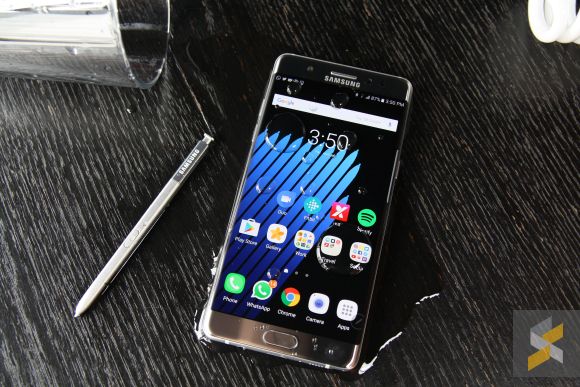
You may have heard me rambling on about how Samsung’s Galaxy Note series has been a trailblazer in the smartphone industry. I yammered on and on about how this line of smartphone represented Samsung’s ability to think outside of the box and dare to be different. But that’s not the whole story.
The other side of the story, while much less interesting, is probably just as important. It tells a tale of a company that learned to grow and mature over the years. A company that could see what they were doing wrong and be wise enough to fix it. And honestly, I think the brand new Galaxy Note7 is the best example of Samsung’s ability to do just that.
Now, I’m not saying that the Samsung Galaxy Note7 is perfect to the letter. It’s still riddled with little niggles that probably won’t go down well with everyone.
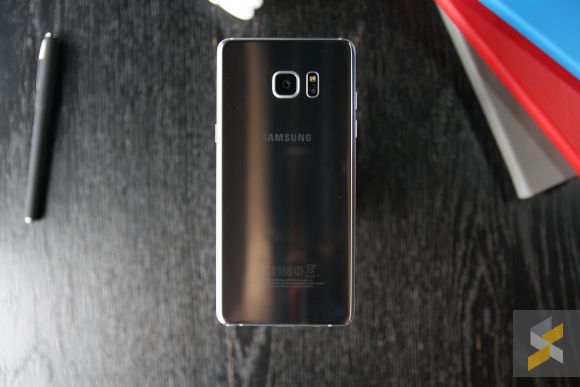
TouchWiz, for example, is one that I could never really swallow. I never liked Samsung’s Android skin and even though this is one of the nicest-looking iterations, I still don’t like it. The app drawer is silly, the icons look too cartoonish and I really dislike the fact that I can’t move the position of my app drawer icon. Samsung’s Note7 also has a rather disappointing single bottom-firing speaker which definitely pulls some of the enjoyment of watching videos on the device.
But these issues are just tiny ripples in what is otherwise an ocean of brilliance. Once you let the Note7 stretch its legs, it just pulls ahead of the competition.
It runs majestically thanks to the octa-core Exynos 8890 processor mated to 4GB of RAM. Some turned their nose up at the fact that Samsung only included 4GB of RAM, but unless you’re coming from something like the OnePlus 3, you probably won’t mind. It’s definitely not a slow phone. The Note7 doesn’t choke, doesn’t stagger and hardly ever slows down.
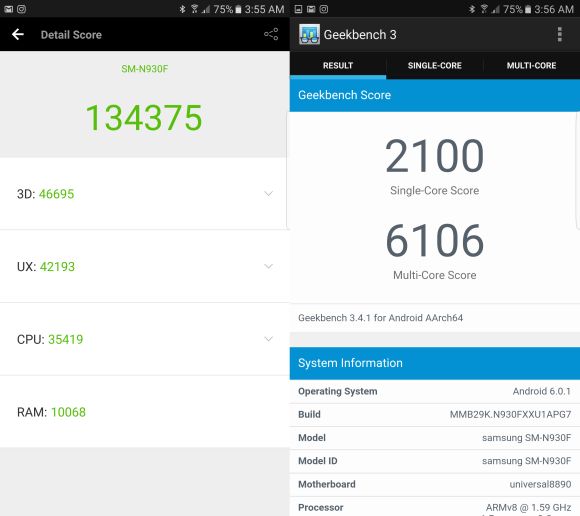
This time, Samsung has also paired the Note7 with 64GB of UFS 2.0 storage as standard — one of only a handful of smartphones to do so. To make things even sweeter, the storage can be further expanded via a microSD card for an extra 256GB of storage.
It can also keep going for a long time as the Note7 has excellent battery life thanks to the larger 3,500 mAh cell (up 500 mAh from the Note5). I was easily getting 5 hours of screen-on time on what I’d call fairly heavy usage with lots of navigation, camera, messaging and some gaming.
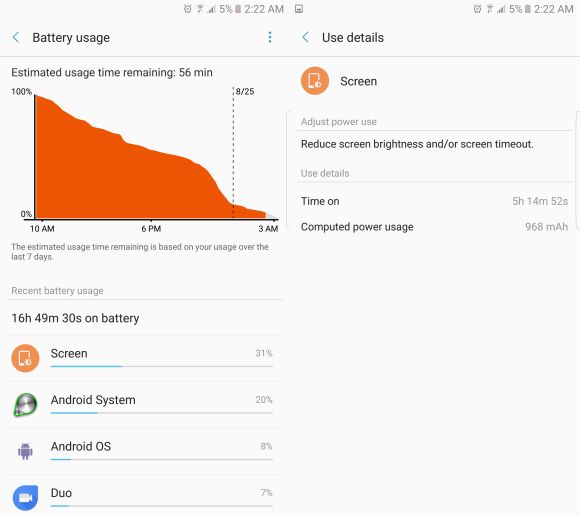
To top things off, it also charges fairly quickly thanks to Samsung’s Adaptive Fast Charging which, this time, charges via a USB Type-C port. It’ll go from 0%-37% in 30 minutes, while a full charge takes just under 100 minutes (just over 1 and a half hours). Unfortunately, we couldn’t test the wireless charging speed as we didn’t have a wireless charger.
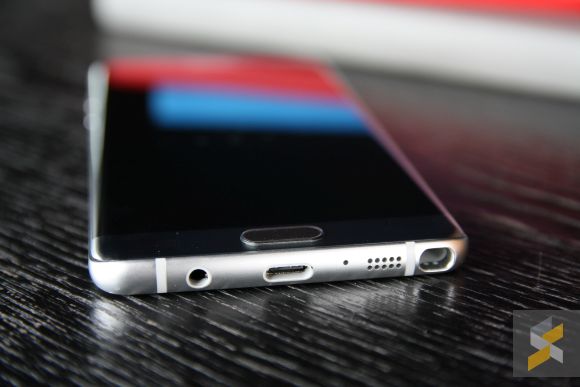
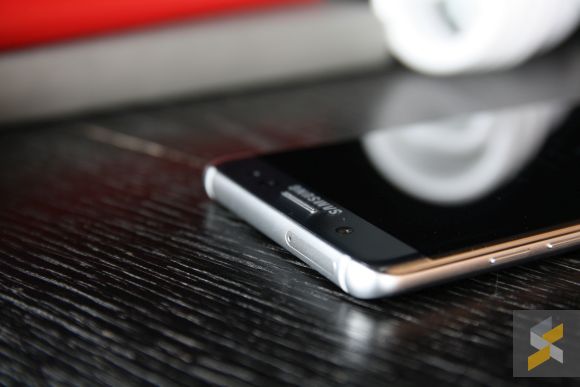
Like the S7 edge, the Note7 sports a gorgeous dual-edge Quad HD Super AMOLED display that packs a whopping 518 ppi (pixels per inch) for a super crisp viewing experience. Unlike the S7 edge, this display is larger, at 5.7-inches, and more intelligent as it has support for HDR video and a more sophisticated ambient light sensor. It’s also got a far more useful Always On Display that has third-party app integration so you never have to turn on your screen to see if you have notifications. Kudos for that, Samsung!
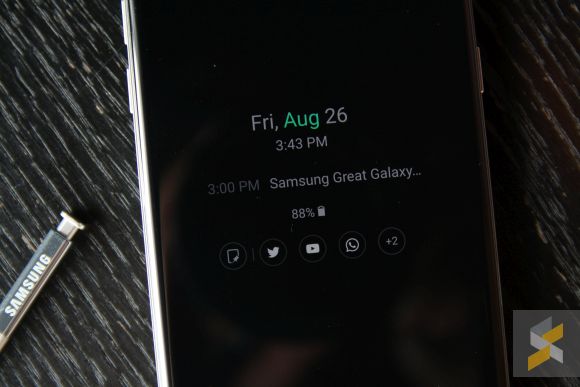
But that’s not all. On the build side, the apex of the 3D glass (both front and back) is also closer to the edge of the phone than it was on the S7 edge. While it may seem like a minor adjustment, the effect is dramatic. The screen looks nearly bezel-less and curves much more naturally into the rest of the body.
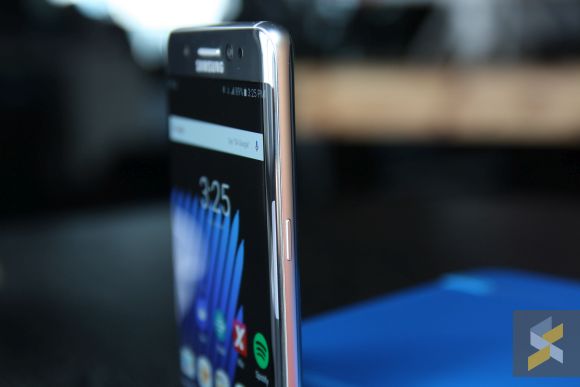
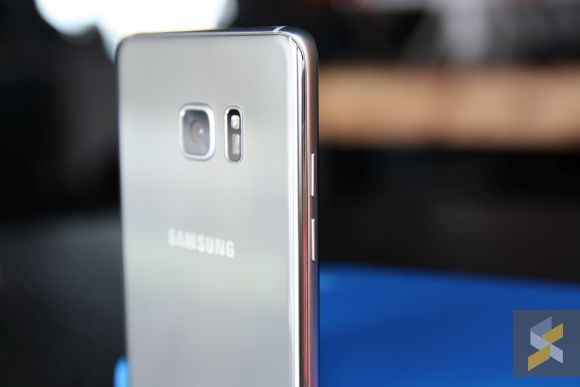
Because of that, the Note7’s build is far more refined. Next to the Note7’s near seamless glass and metal body, the S7 edge almost feels like a cheap knockoff. On the Note7, you’ll find a 3D symmetrical design that beggars belief. This design also makes the large 5.7-inch device feel smaller than many 5.5-inch smartphones. It’s only 1.3mm wider than the S7 edge.
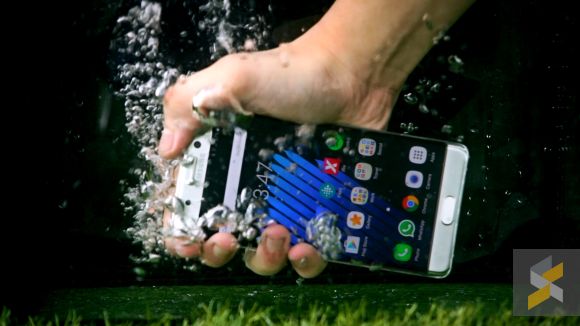
Refinement is pretty much the core approach Samsung took with the Note7. It’s still IP68 water-resistant and it still features the best smartphone camera in the world right now — Samsung’s Dual Pixel 12-megapixel f/1.7 camera — only they’ve made it a little more user-friendly. The new UI is pretty clean and intuitive with easy swipes to access different camera modes and filters.
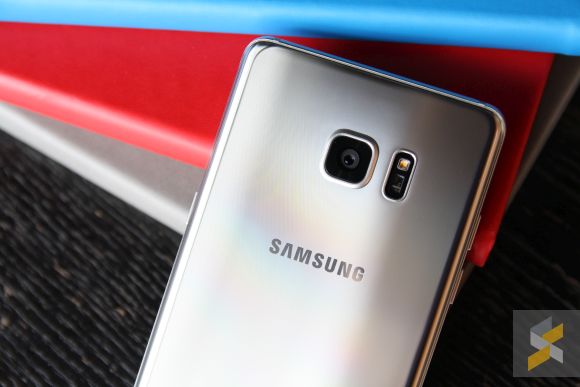
Image quality is still stellar, but by far the best thing about this snapper is the user experience. It defines what using a smartphone camera should be like — lift, snap and return to pocket. No fumbling with focal points, no tweaking in exposure and no fiddling with HDR. It’s every auto shooter’s wet dream.
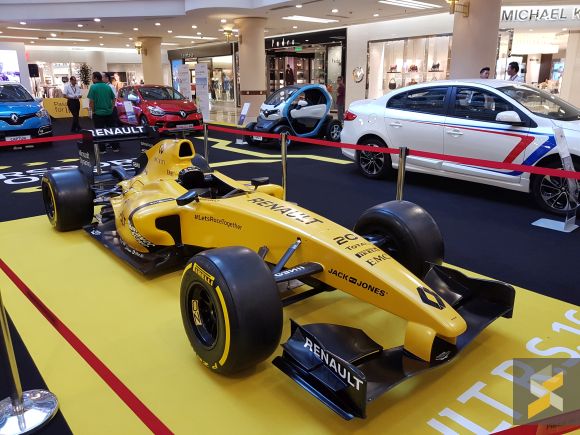
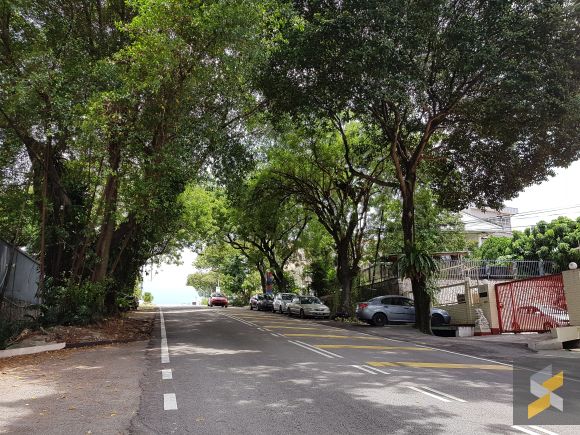
Unfortunately, it still tends to oversharpen a little bit like the S7 edge, but dynamic range, colour accuracy, and focusing speeds are still stellar. That said, the Note7 did struggle when I tried to photograph KL Fashion Week models. Since the models walked very quickly in an out of frame on a questionably lit runway (bright runway, dark background, plus my own shaky hand), this was the best shot I could get:

But this shot, in similar lighting with equally fast dancers, turned out pretty well:
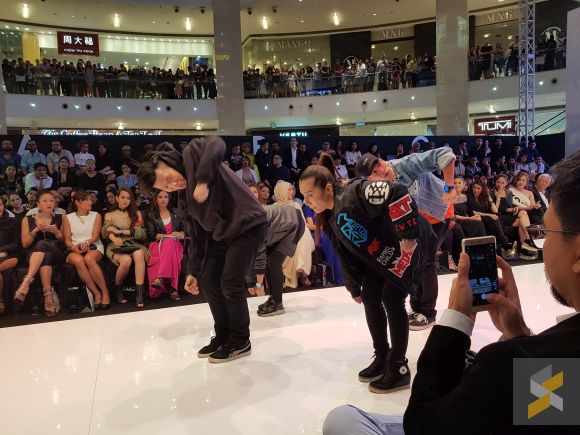
So, unless you’re throwing it into a particularly difficult situation, this is a smartphone camera that you can rely on 90% of the time and that’s pretty awesome.
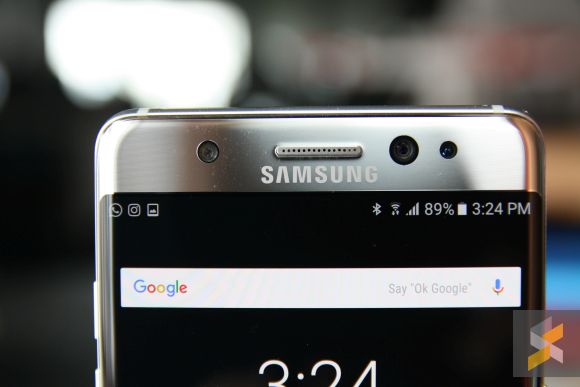
At the front, you’ll find the 5MP f/1.7 selfie snapper, but flanking it sits two of the most interesting things about this smartphone — the Infrared LED and Iris Camera — and I like them both a lot. While I was never a fan of the S7 edge’s fingerprint sensor, and unfortunately the Note7’s is fairly similar to that, the Iris Scanner does bolster this particular weakness.
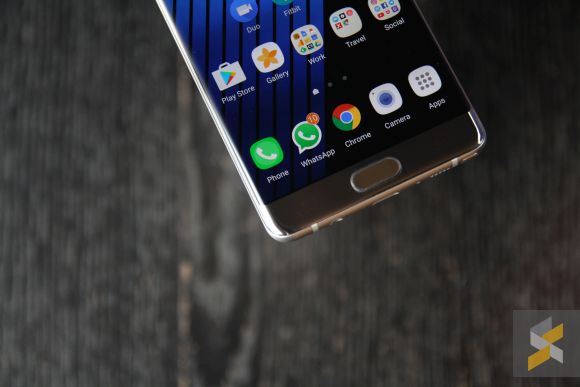
With it, should I fail the first unlock with the fingerprint, I just need to swipe up and the Iris Scanner unlocks the phone with my eyes almost instantly. It’s implemented a lot better than the one on Microsoft’s Lumia 950 XL (more accurate and only appears when you swipe up), and it gets more accurate the more you use it too.

Finally, we arrive at the S Pen — a feature I’ve never really used on any of the Note devices. Samsung did bake a whole bunch of new functions into the S Pen with Glance, Magnify and Translate, but I still didn’t find myself using it at all.
I did doodle more on the Note7 and take notes during press conferences with the screen-off memo because the new S Pen feels much nicer to write with. This is, of course, thanks to the 4,096 levels of pressure sensitivity (double that of the Note5) and the narrower tip. But, it never became a default feature for me and that’s perfectly fine because the Note7 is a fantastic device with or without the S Pen.
The S Pen is just a celebration, Samsung’s own little way of showing off.
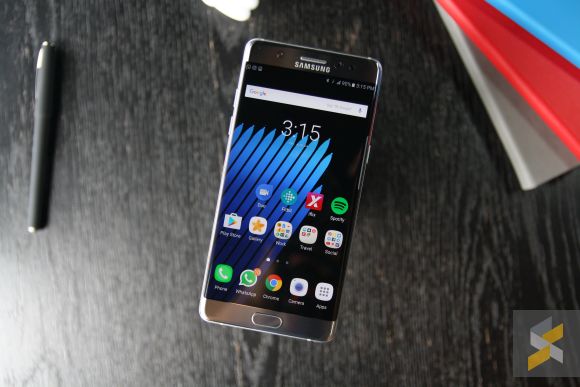
In the past, the Note series distinguished itself from the Galaxy S series by being much larger and more powerful. This year, with the 5.5-inch Galaxy S7 edge, many speculated that Samsung would go even bigger and more powerful than the Note has ever been.
But they didn’t. Instead of focusing on going faster, they focused on being better — building a better phone. In the past, it was probably a good idea to simply cram more power into a phone to make it better, but now as we near the apex of smartphone development, that’s no longer the case.
Simply forcing more power into the RM3,199 Galaxy Note7 without addressing the expandable storage, water resistance and battery would’ve been the wrong move and Samsung was wise enough to see that. It is because of this wisdom and maturity that has allowed Samsung to come up with what is, without a doubt, the best smartphone in the world right now.
And I put my hand on my heart when I say that.
[nextpage title=”Gallery”]
Here are more photos from the Galaxy Note7. Click on each image to view the full resolution.
Bonus selfie:

